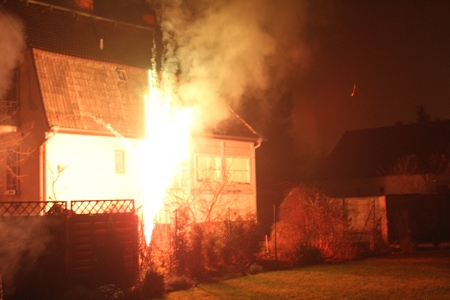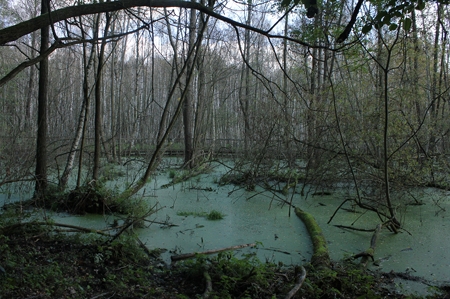
Nuclear reactors of smaller sizes like even as small as that they can be buried in the garden and the problem of the traceability of nuclear waste were already mentioned in this randform post with the example of the company Hyperion. So here a little update on the development of some of these reactors:
world nuclear info on small reactors (as of 09 Jan. 12) reports about Hyperions activities in the US:
In March 2010, Hyperion notified the US Nuclear Regulatory Commission that it planned to submit a design certification application in 2012. The company says it has many expressions of interest for ordering units. In September 2010, the company signed an agreement with Savannah River Nuclear Solutions to possibly build a demonstration unit at the Department of Energy site there. (Over 1953-1991, this was where a number of production reactors for weapons plutonium and tritium were built and run.) Hyperion has said it plans to build a prototype by 2015, possibly with uranium oxide fuel if the nitride is not then available.
But Hyperion is not the only small reactor company which is active in the US, apart from the TWR one can read the following in the press release of Babcock & Wilcox Sep. 29 2011:
The Babcock & Wilcox Company (B&W) (NYSE:BWC) and Generation mPower LLC (Generation mPower) will dedicate the unique B&W mPower™ Integrated System Test (IST) facility in Bedford County, Va., at a ceremony today.
…
The IST facility supports further development of the B&W mPower reactor technology that represents a new generation of smaller, scalable nuclear power plants. This world-class testing facility was made possible in part by generous support from the Virginia Tobacco Indemnification and Community Revitalization Commission (TICRC), which provided more than $7 million in grants to support construction of the facility and the purchase of process equipment.
Apart from the testing facility it seems the Tennessee Vallee Authority may be interested in a concrete project.
But the fastet new projects*** are probably HTR-10 versions. According to world nuclear the HTR-10 is a pebble bed reactor – a technology which was more or less abandoned here in Germany, last but not least to the accident at the research facility in Jülich, but seems to have found supporters in China.
According to world nuclear:
Construction of a larger version of the HTR-10, China’s HTR-PM, was approved in principle in November 2005, with construction start in mid 2011.
And since Tsinghua university just opened a new nuclear technology lab this will not be the end of the story.
***There are of course rather old prototypes of small nuclear reactors, like there is according to world nuclear:
Already operating in a remote corner of Siberia are four small units at the Bilibino co-generation plant. These four 62 MWt (thermal) units are an unusual graphite-moderated boiling water design with water/steam channels through the moderator. They produce steam for district heating and 11 MWe (net) electricity each. They have performed well since 1976, much more cheaply than fossil fuel alternatives in the Arctic region.
And there are of course other reators and other small reactors like in submarines some of them performed so well that Russia reports 25,000 undersea radioactive waste sites.



